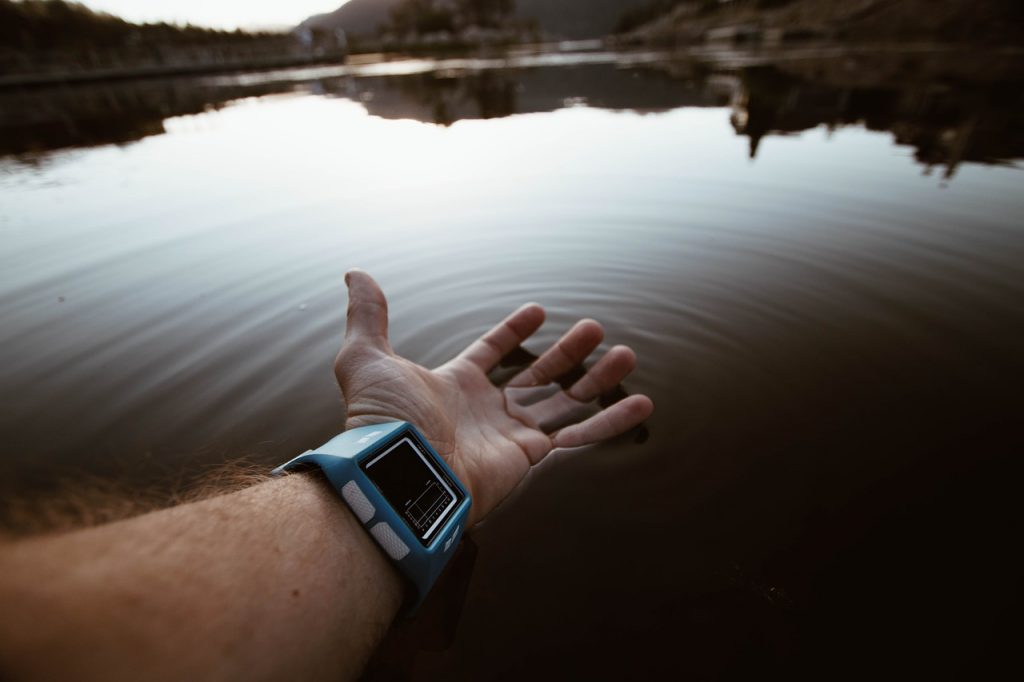It’s a question that has plagued many of us: what do you do when water gets into your watch? Because let’s be honest, taking good care of your watch isn’t the easiest.
In the watch industry, there are some timepieces designed to be water-resistant. In fact, there are models that boast the capacity to be able to endure depths of up to 500 meters! Nevertheless, you should be aware that no watch is truly waterproof. In essence, even your high-end luxury watch can inadvertently let water in and suffer serious water damage. So what do you do when water gets into your watch?
What Does Water Damage Look Like?

The biggest factor to look out for is condensation as it’s basically the surest way to know if your timepiece has been compromised. For the most part, if you look at your watch and find that the crystal on the surface has dew or droplets of water inside, know that this is a possible case of water retention.
Already, said situation is as bad as it sounds. But it’s even worse if the water contains particles like soap or algae. As a matter of fact, such particles can easily corrode the inside and even cause major damage to your watch.
Besides condensation, it’s in your best interest to check if your watch features are still working as they should. For the most part, faulty hands or broken lumes are additional clues to watch damage. So if you find that the hands of your timepiece stutters or stops completely, chances are the delicate parts may have been corroded by water inside the watch.
It’s also crucial to check out the lumes (especially those on the watch hands and markers) and see if they still glow in the dark. If they don’t, it simply means that water has gotten into them.
What If You Have a Waterproof Watch?

As mentioned, no watch is entirely or “truly” waterproof. It’s important to note that even water-resistant watches can lose their resistance over time. That’s because these watches usually come with an O-ring — a rubber or silicon gasket that acts as a seal against water. Of course, the O-ring won’t do the job forever — chances are it will shrink and harden up over time thus leaving your watch susceptible to water damage.
With those facts in mind, you won’t be wrong to always do what you can to protect your timepiece from water exposure.
How To Fix A Water Damaged Watch?

Let’s kick off with what you can do to save your watch!
At this point, either stick to a DIY route or bring the watch to a professional a (watchmaker to be precise). But before that, you should consider how long the watch has been exposed to water. If you find that the water has only been in the watch for maybe a day or two, then chances are the timepiece will be fine after being dried.
First Method
So how can you do dry a watch? Well, you can start by placing the watch case back side down in a sunny spot on a window sill. Of course, you can also choose to place it on a lamp or radiator. The big idea here is to allow the heat to draw away the moisture from the movement and cause the water (inside the watch) to dry faster.
It’s however important to note that the method previously mentioned requires your care and attention. This is because excessive heat can do your watch more harm than good. With this in mind, we recommend you keep an eye on your timepiece and ensure that it doesn’t stay in the heat for too long.
Second Method
Any other way to remove the water? Of course! This second method requires you to carefully submerge the compromised watch in a desiccant. A desiccant is basically a substance that has the ability to wick away moisture and absorb it. If you’re interested in this method, we suggest you try “dry uncooked rice”. Just so you know, uncooked rice has successfully dried out smartphones that have been submerged in water, which makes it incredibly effective!
Whichever method you choose, just ensure that when drying a watch, it faces you flat and with its caseback side down. When you place the watch this way, gravity plays its part in removing moisture from the watch.
But what if the damage is severe? Well, the answer is pretty obvious — bring the watch to a professional watchmaker. These people know exactly how to take a watch apart and dry just about every component in sight.
One last piece of advice: take a trip to a local watchmaker regardless of whether the damage is mild or severe. Trust us, it’s totally worth it (especially if you’re looking to save a watch that cost you thousands of dollars). Good luck!







